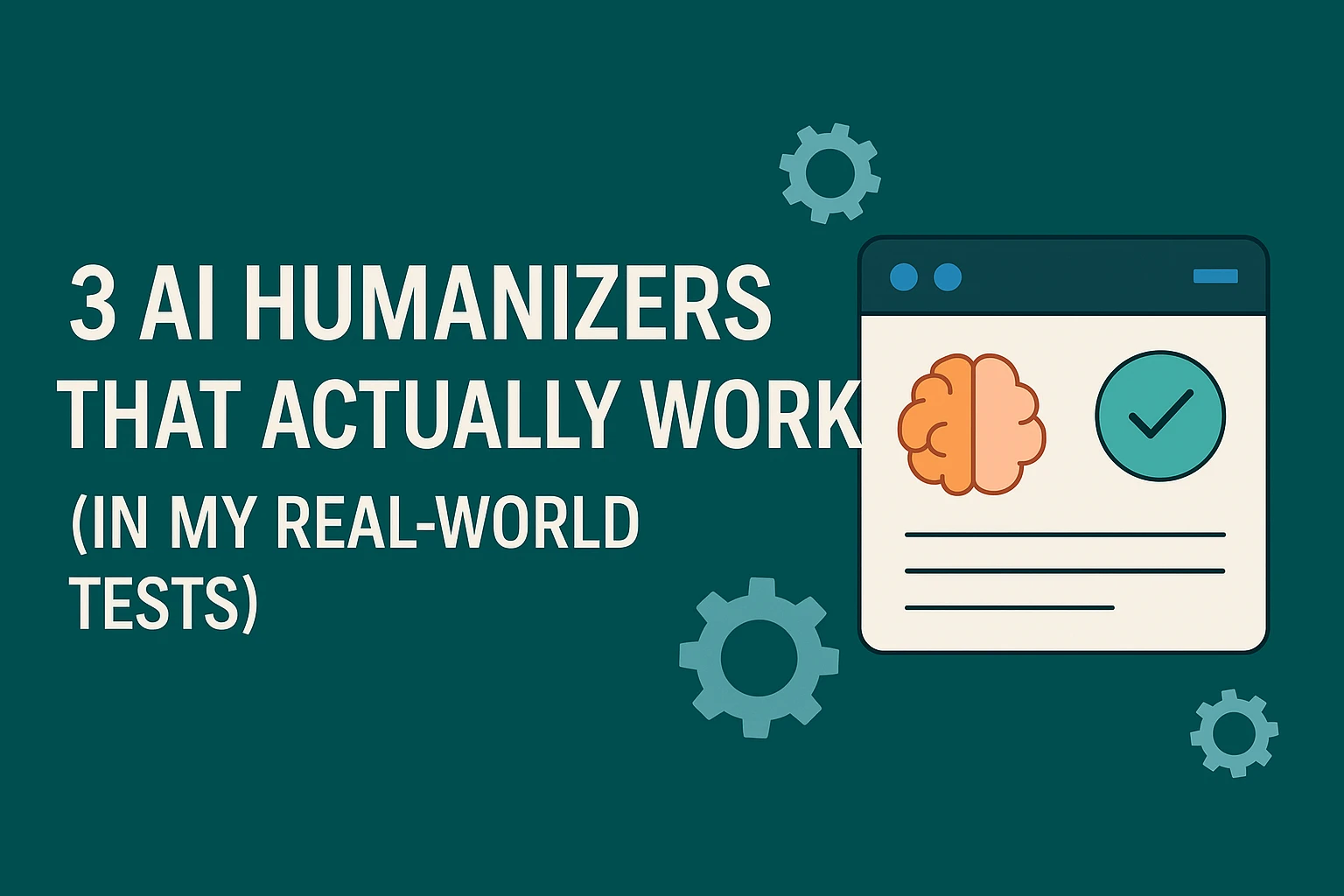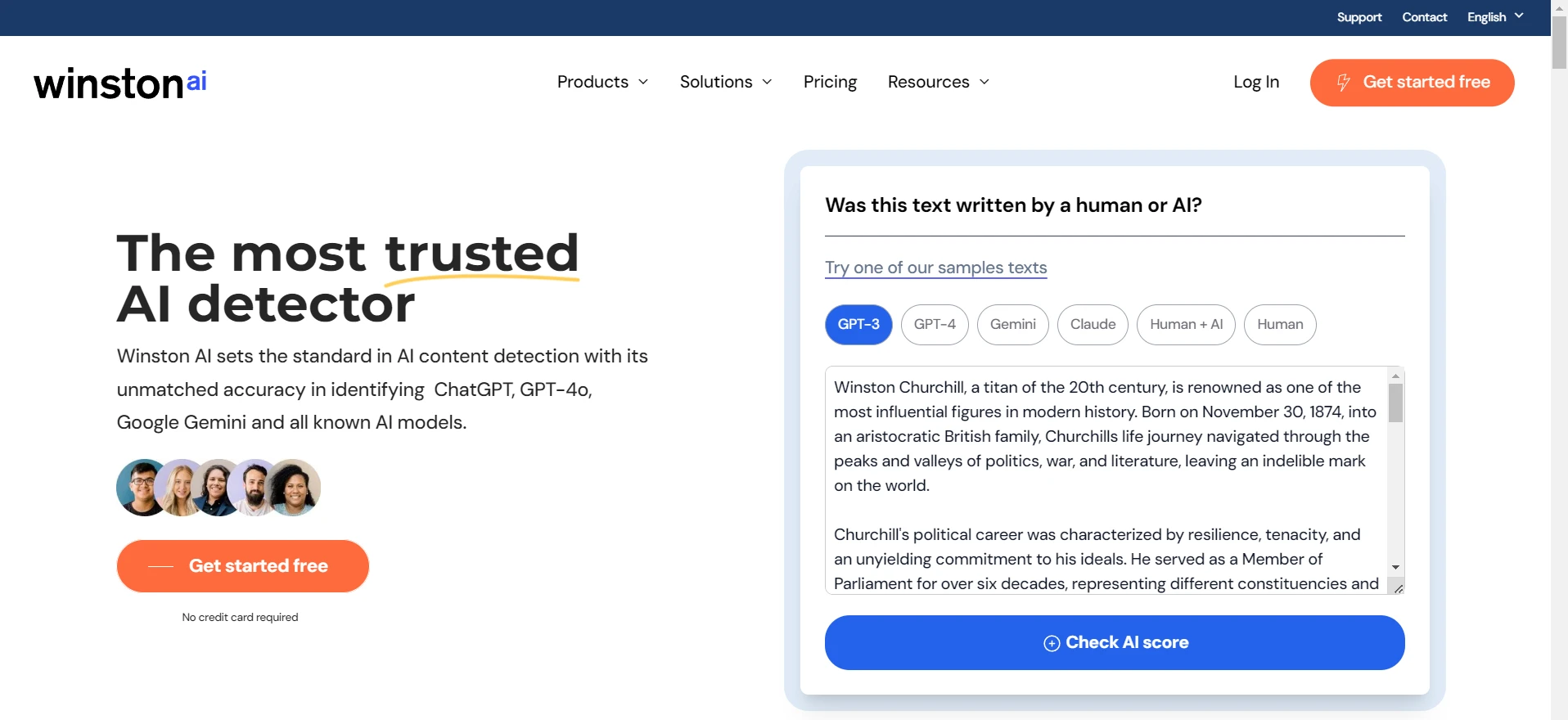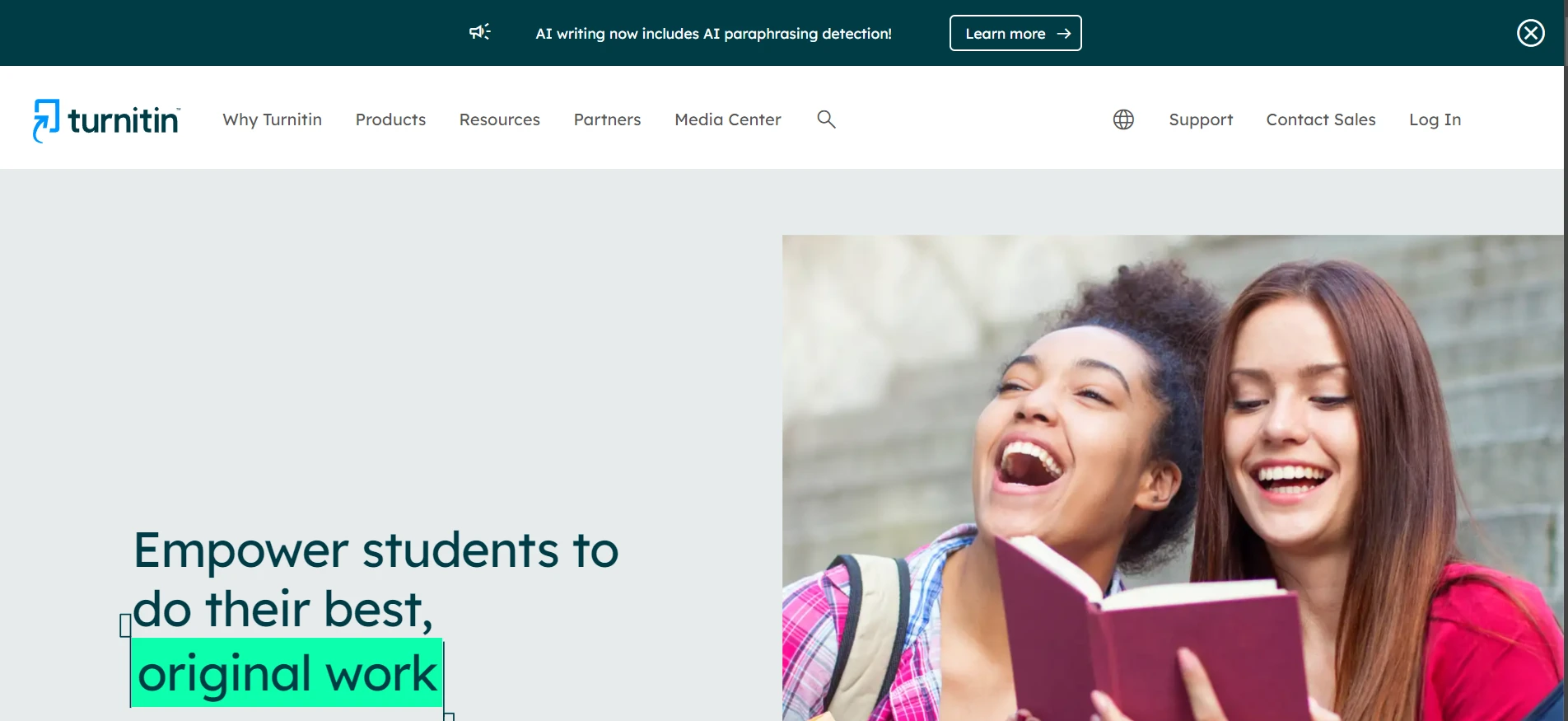As we all know it - ChatGPT gets flagged left, right, and center by Turnitin’s AI detection. But what about Perplexity AI? Does it fall into the same trap as Gemini or Claude AI? The quick answer is yes; keep reading to know more about it!
Why Perplexity AI Gets Detected by Turnitin?
The simple reason is that Perplexity AI is not built to bypass AI detectors. It’s designed as a conversational AI search engine that fetches and synthesizes up-to-date info with citations instead of being a stealthy rewriter. Just like Gemini, nowhere on their website or marketing material do they claim it can beat Turnitin. So, if it isn’t made for that purpose, it naturally won’t be able to do it effectively.
How Turnitin Works?
Turnitin isn’t just a plagiarism checker - it’s got a sophisticated AI detection process up its sleeve. When you submit your paper, Turnitin first breaks it down into smaller segments, each comprising a few hundred words or about five to ten sentences. These segments are overlapped to ensure every sentence is analyzed within its context. Then, each segment is run through an AI detection model trained on vast amounts of both human- and AI-generated texts.
The model looks for language patterns typical of AI output: predictable word choices, overly formal language, repetitive phrases, uniform sentence lengths, and a general lack of depth or complexity.
Finally, every sentence is scored on a scale from 0 (most likely human) to 1 (most likely AI), and these scores are aggregated into an overall percentage that is then reported to educators. Here’s a breakdown in a simple table:
| Step | Description |
|---|---|
| 1. Submission Processing | Your paper is broken into overlapping segments of text to capture context. |
| 2. AI Analysis | Each segment is processed through an AI detection model that looks for features of AI-generated text. |
| 3. Scoring | Sentences are scored between 0 and 1; these scores are aggregated to yield an overall AI-content percentage. |
| 4. Reporting | The final report, which includes the overall percentage and flagged segments, is shared only with instructors. |
I once experimented with using responses from Perplexity AI for a research draft – not that I was trying to game the system! I ended up with a smooth, well-cited piece that, at first glance, felt convincingly human. However, once I ran it through Turnitin, I noticed that some segments were flagged due to their uniform structure and formality. I had to manually tweak a few things – vary sentence lengths, insert more personal commentary, and even purposely throw in a few minor inconsistencies (yes, I know it sounds counterintuitive, but trust me, it helps!). The score eventually dropped to a safe level, proving that while Turnitin can detect Perplexity AI’s style, a little human touch still goes a long way.
What Does This Mean for Students and Educators?
- If you’re using Perplexity AI for research, always remember that its primary function is to generate direct, cited answers – not to help you bypass AI detection.
- Turnitin isn’t foolproof, but it’s constantly evolving; its segmentation and scoring approach means that even clever, well-cited content might be flagged if it has too many AI-like features.
- Using AI tools responsibly is key. It’s not about tricking detectors but about using these technologies to assist your work – then adding your own personal insight and style to ensure authenticity.
Frequently Asked Questions
Q1. Will Turnitin detect Perplexity AI?
Yes, Turnitin will easily detect text generated by Perplexity AI. While it may slide through standard plagiarism checks, its AI detection capabilities are primed to catch the uniformity and patterned language inherent in AI outputs.
Q2. Is it plagiarism to use Perplexity AI?
Using Perplexity AI for gathering information is not plagiarism, but if you copy its generated text verbatim, expect to raise red flags with Turnitin’s AI detection. Always incorporate your own voice and modifications!
Q3. Can manual editing bypass Turnitin after using Perplexity AI?
You might be able to reduce detection by manually rephrasing and altering sentence structures, but it isn’t a foolproof method. Dedicated AI text humanizers, designed specifically to dodge AI detectors, would have a better chance.
The Bottom Line
Perplexity AI excels at providing real-time, direct answers with citations - a powerful research tool in today’s digital age. However, when it comes to dodging Turnitin’s AI detection, it falls short. Turnitin’s process, which segments your text and meticulously analyzes linguistic patterns, makes it highly unlikely for raw Perplexity AI content to slip by unnoticed. In my experience, even a slight pass through GPTZero ends up getting flagged, so if your goal is to avoid detection entirely, you’d be better off writing organically or using tools explicitly tuned to bypass these detectors.
Remember, while AI detection technologies are getting better at spotting non-human patterns, the cat and mouse game of bypassing them continues. Use Perplexity AI for what it does best - research - and steer clear of relying on it as your escape clause for Turnitin’s relentless scrutiny!



![[G0] Can GPTZero Humanize AI Text?](/static/images/can-gptzero-humanize-ai-textpng.webp)
![[HOT TAKE] Why is ZeroGPT so bad?](/static/images/why-is-zerogpt-so-badpng.webp)
![[DIRECT] Best Affordable AI Humanizers (That Still Work in 2025)](/static/images/best-affordable-ai-humanizerspng.webp)





